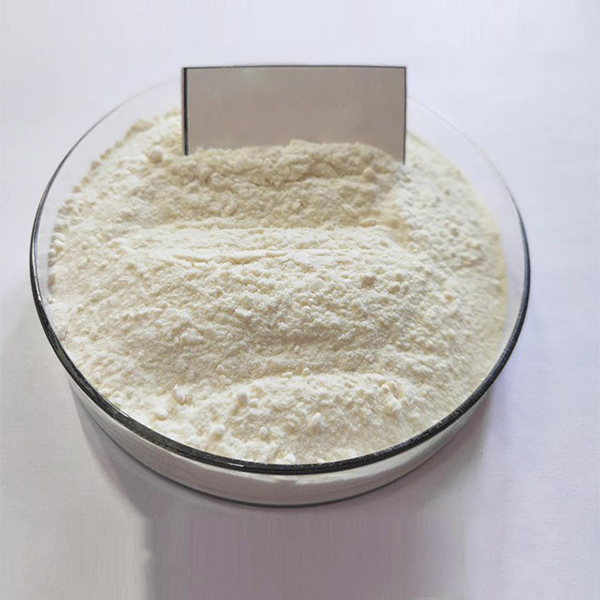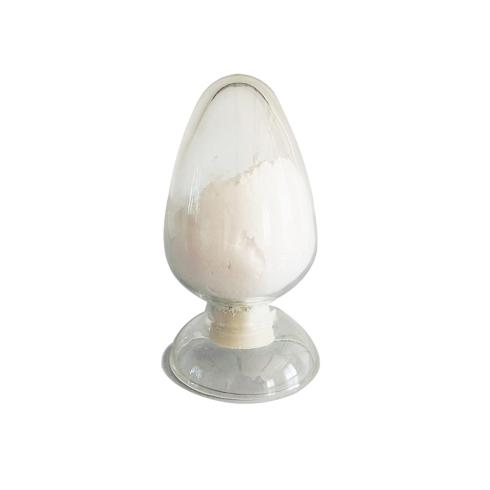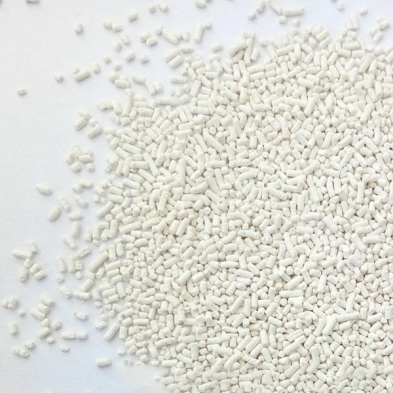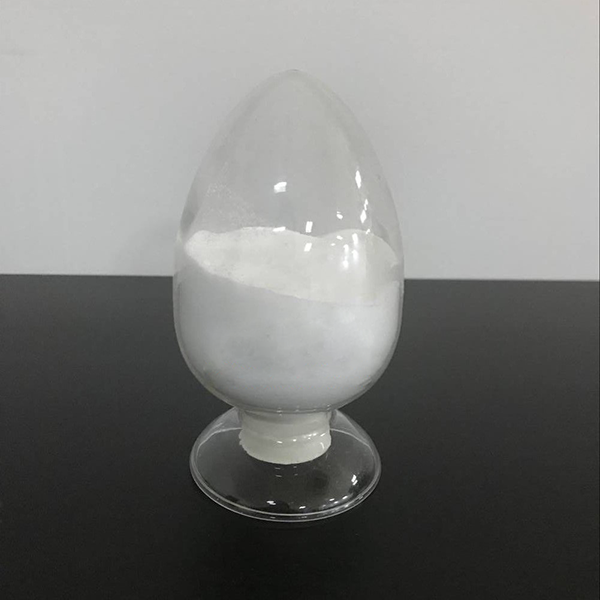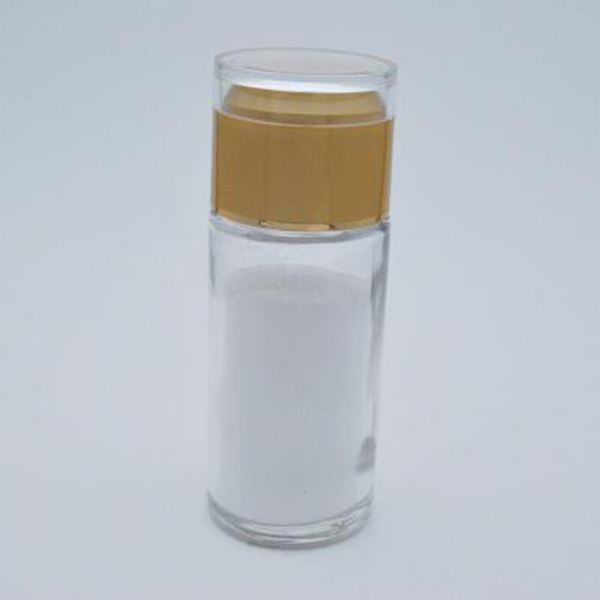Clethodim grass selective herbicide for weed control
Product description
Clethodim is a cyclohexenone grass selective herbicide that targets grasses and will not kill broadleaf plants. As with any herbicide, however, it is more effective on certain species when timed correctly. It is particularly effective on annual grasses such as annual bluegrass, ryegrass, foxtail, crabgrass, and Japanese stiltgrass. When sprayed over a hardy perennial grass like fescue or orchardgrass be sure to apply the herbicide while the grass is small (under 6”), otherwise it may be necessary to spray a second time within 2-3 weeks of the first application to actually kill the plants. Clethodim is a fatty acid synthesis inhibitor, it works by the inhibition of acetyl CoA carboxylase (ACCase). It is a systemic herbicide, clethodim is rapidly absorbed and readily translocated from treated foliage to the root system and growing parts of the plant.
Clethodim performs best when used alone or in a tank mix with a complimentary Group A herbicide such as fops (Haloxyfop, Quizalofop) .
Clethodim can be used for the control of annual and perennial grasses in numerous crops, including alfalfa, celery, clover, conifers, cotton, cranberries, gar.lic, onions, ornamentals, peanuts, soybeans, strawberries, sugarbeet, sunflowers, and vegetables.
Clethodim also has great applications for habitat management when you are trying to control non-native grasses. I particularly like clethodim for controlling Japanese stiltgrass in areas where there is a good mixture of forbs that I do not want to harm, as clethodim allows me to kill the grass and release the forbs to take the place of the dying stiltgrass.
Clethodim is of low persistence in most soils with a reported half-life of approximately 3 days (58). Breakdown is mainly by aerobic processes, although photolysis may make some contribution. It is rapidly degraded on the leaf surfaces by an acid-catalyzed reaction and photolysis. Remaining clethodim will rapidly penetrate the cuticle and enter the plant.


